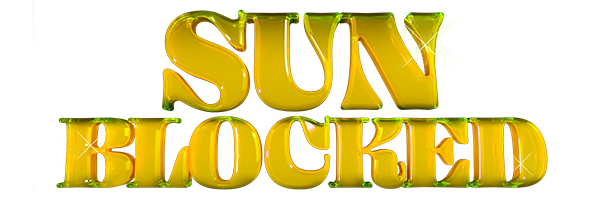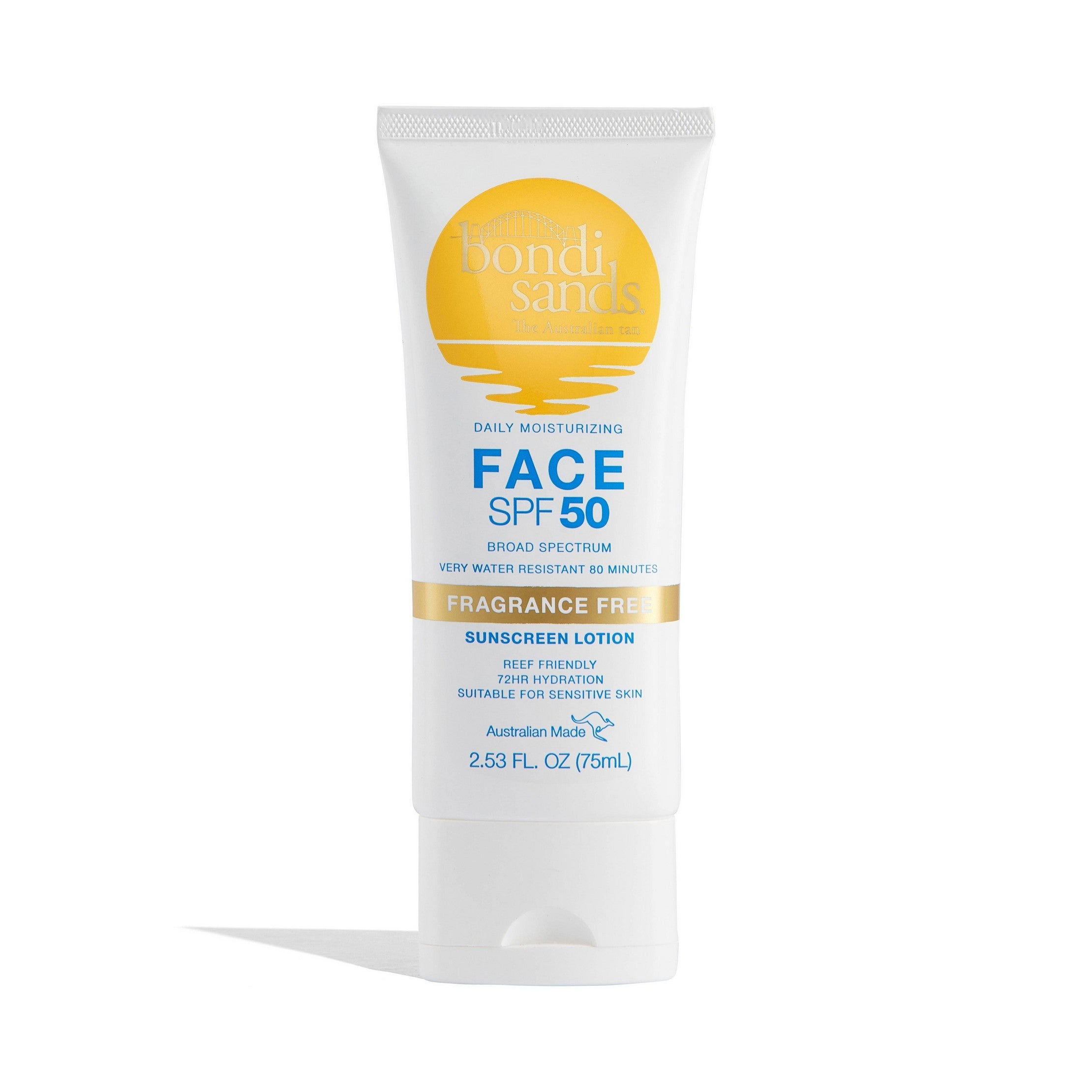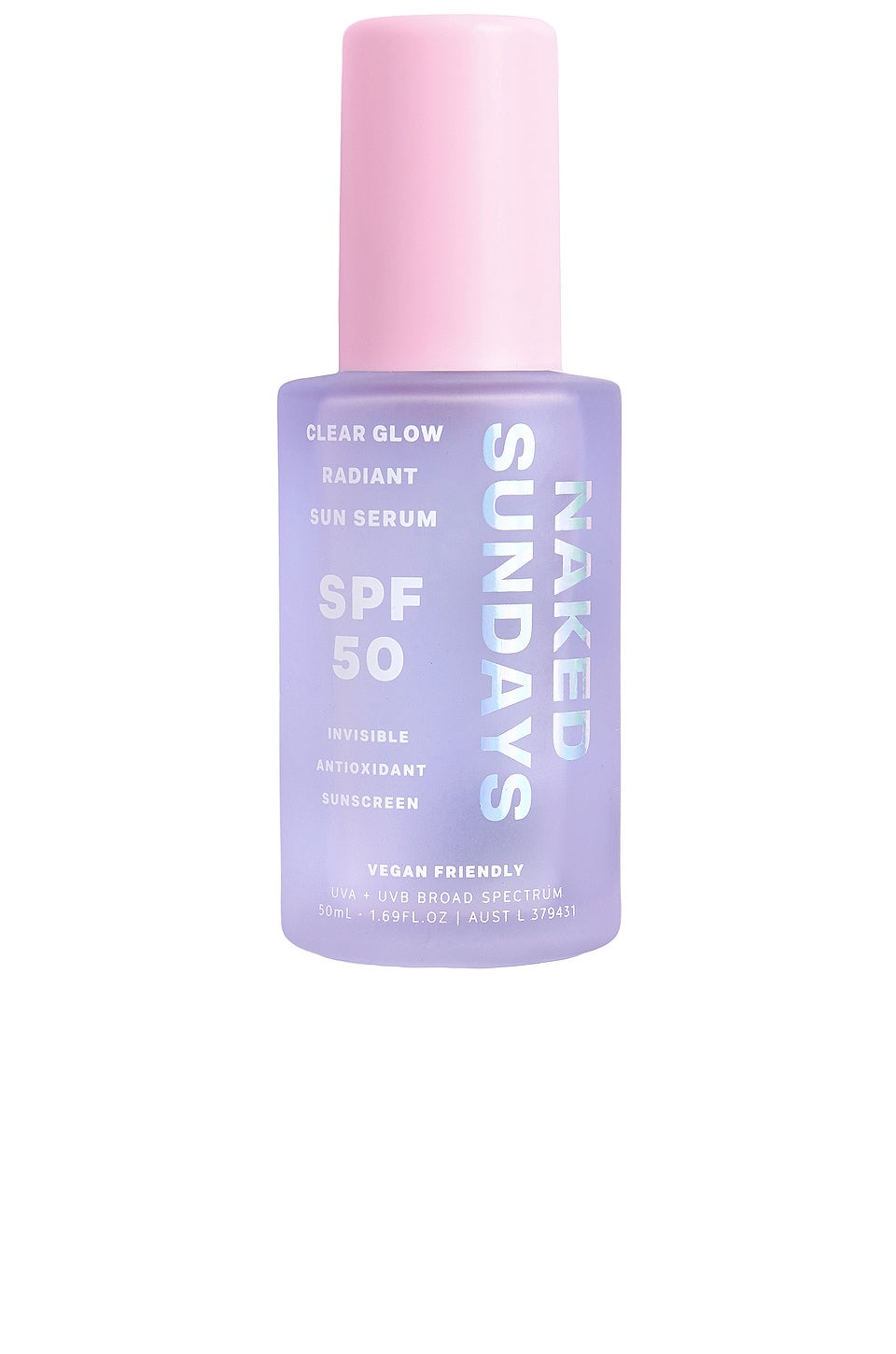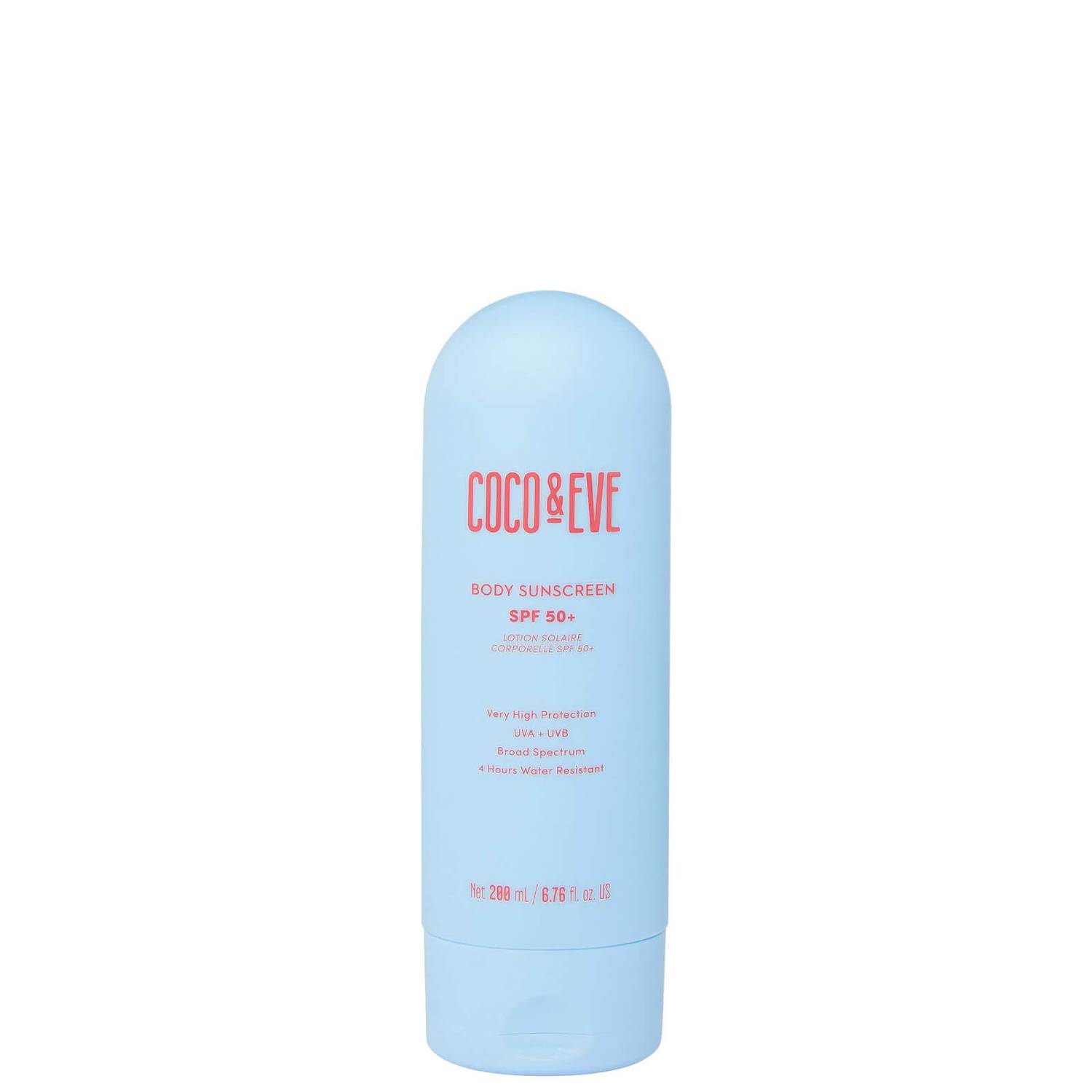Where In The World Is The Good Sunscreen?
Photo: Getty Images.
Welcome to Sun Blocked, Refinery29’s global call to action to wake up to the serious dangers of tanning. No lectures or shaming, we promise. Instead, our goal is to arm you with the facts you need to protect your skin to the best of your ability, because there’s no such thing as safe sun.
It's natural to want, or at least have some curiosity, about what you can't have, and that seems to be especially true on Sunscreen TikTok.
When it comes to sunscreen, which the United States Food and Drug Administration (FDA) regulates as an over-the-counter drug, certain international formulations that are popular overseas in places like Europe, Asia, or Australia can't be imported. But social media has no border control and any sunscreen has the capacity to go viral.
AdvertisementADVERTISEMENT
Over the past few years, non-US sunscreens have become a hot topic of conversation. You've probably have heard of Beauty of Joseon, the Korean skincare brand and its beloved sunscreen with 148.8 million TikTok views, which continues to climb every time a skin-fluencer holds up the small, inconspicuous white tube and raves about how lightweight and moisturizing it is. According to data from Spate NYC, Beauty of Joseon has experienced 295.1% growth over the past year, with top search queries specific to its sunscreen. Here's the rub: The sunscreen is bought and sold in Korea, but its sun-protective ingredients (the chemical filters) have not yet been approved for sale in the US, so reputable sellers are few and far between.
Chemical filters sold in US sunscreens commonly contain avobenzone, oxybenzone, and octinoxate, which absorb UV rays. However, other regions of the world use different UV-absorbing filters that are not yet approved by the FDA. Beauty of Joseon is not the only example of a popular sunscreen that’s tough to find though a reputable retailer stateside. We also don't have Ultra Violette, an Australian-made sunscreen that's a best-seller at Harrods in the UK, or certain formulas from French pharmacy brands like La Roche-Posay. (The latter of which is mostly available in the US, but some of its popular sunscreen formulas are excluded.)
The question is, are these super popular, non-US sunscreens actually better than what we have over here?
Does Europe have better sunscreen?
The sunscreen isn’t necessarily better (that's not scientific terminology) in Europe or Australia, but there are more options, some of which you might prefer to what's available here.
AdvertisementADVERTISEMENT
Here's the difference: Europe classifies sunscreen as a cosmetic, like moisturizer, whereas the US considers sunscreen to be a drug, which is the strictest regulation. It comes down to different governance. In the US, the FDA has to approve all active pharmaceutical ingredients (APIs) that absorb or block UV radiation from the sun, also known as UV filters, present in sunscreen bought or sold in the US. To date, the FDA has approved far fewer UV filters (16 in total) compared to the EU (27). At baseline, this means that European beauty brands can formulate with certain UV filters that the US brands don't have access to.
"The availability of filters dictates how many different [sunscreen] products you can create," explains Sophie Bai, a scientist and cosmetic chemist. But it's important to note that the most ubiquitous non-US filters are chemical or photo-absorbing ingredients. "People are like, 'Why does Europe have so many more filters?' Well, they have more chemical filters," Bai explains. "The FDA has concerns about those filters. It's not that the FDA is slow or that they don't want to approve them, but they don't have adequate safety data on them," Bai adds.
“
"People are like, 'Why does Europe have so many more filters?' Well, they have more chemical filters."
Sophie Bai, scientist and cosmetic chemist
”
So now we're getting into the mineral versus chemical sunscreen debate, which is not as cut and dry as the FDA regulation suggests. There's a pervasive narrative that mineral sunscreen (made with zinc and titanium dioxide) is safer than its chemical counterparts. When it comes to protection, mineral sunscreen is not necessarily the better option for everyone.
AdvertisementADVERTISEMENT
In recent years, there have been concerns around the permeability of chemical filters in sunscreen, because the molecules are very small and absorb into the skin as opposed to sitting on top of it, like mineral pigments. Because mineral pigments are not absorbed by the skin, they’re generally less irritating than chemical filters. However, under EU regulation, chemical sunscreen is safe, as long as it passes EU regulations.
The key issue with mineral sunscreen is that zinc and titanium dioxide are white pigments that can leave a gray or purplish cast on dark skin. Therefore, in terms of wearability, chemical sunscreens, in some cases, are preferable. "Chemical filters are soluble, so that means you can make a transparent product, which is why you tend to see a more cosmetically elegant product in Europe or Asia," explains Bai.
Photo: Steven Paston/PA Images/Getty Images.
Is Korean sunscreen better?
If sunscreen is regulated as a drug in the US and is considered a cosmetic in the EU, in Asian countries, it's somewhere in the middle. In Japan, sunscreen is considered a "quasi drug," which means it's regulated as a cosmetic but it must comply with the Japanese Ministry of Health and Welfare's Standards for Cosmetics, which stipulates which UV filters can and cannot be used. In Korea, sunscreen is considered a "functional cosmetic", regulated by the Ministry of Food and Drug Safety (MFDS), which categorizes cosmetics: regular and functional cosmetics. Sunscreen falls into the latter category with specific regulations around which ingredients can be used.
The approval process for a functional cosmetic is often faster and more efficient than a drug, which is why some people consider J-beauty or K-beauty sunscreens (like Beauty of Joseon) to be "better" or more advanced in formulation.
AdvertisementADVERTISEMENT
"Japanese and Korean beauty brands are great at texture, meaning they tend to create skincare that's very light," explains Bai. There's a historical component that's helpful to understand the comparison between US and Asian-manufactured sunscreens. "When we first created sunscreen in the US, it was designed as a beach product," explains Bai. "We wanted it to be water-resistant, which is an oil-water emulsion — and that's not a light formula." By contrast, in Asia, sunscreen served a very different purpose. "In Asia, people want to stay pale, not tan, so that daily wearability was top of mind for Asian formulators," explains Bai. Making the most lightweight possible protective sunscreen was not a priority for US brands (or consumers) even a decade ago. Although, that's changing.
Bai claims that the proliferation of K-beauty and J-beauty in America has inspired US brands to create sunscreen with light textures in mind. "About 10-20 years ago, we saw a big texture difference between the US and Asian sunscreens," explains Bai. "We saw that Asian skincare was becoming more influential in the US, then we saw chemical sunscreens in the US becoming similar to Asian sunscreens in formula."
There's now a demand for it. For example, this past month, Bioré’s famed UV Aqua Rich SPF 50 Moisturizing Sunscreen, formerly only available in Japan, was approved for sale in the US. It's even available on Amazon. The formula contains the chemical UV filter octinoxate plus other synthetic ingredients that create slip and invisibility in the formula. (The US FDA considers octinoxate safe in concentrations at or below 7.5%.)
AdvertisementADVERTISEMENT
“
“There are different ways that international sunscreens are being sold in the US with questionable legitimacy and legalities around them. Even as a dermatologist, I don't fully comprehend them.”
Dr. Shereene Idriss, dermatologist
”
The viral Beauty of Joseon sunscreen is octinoxate free — but you’ll have a hard time finding it at most US retailers because it contains hybrid UV filters called Tinosorb M (sometimes labeled as Methylene Bis-Benzotriazolyl Tetramethylbutylphenol) and Tinosorb S (also labeled Bemotrizinol), which are not approved by the FDA because there’s been insufficient data proving their safety and efficacy. Though some US dermatologists are pushing for their approval. "I think Tinosorb M and S filters are great," says NYC dermatologist Shereene Idriss, MD. "They cover for UVA and UVB protection and they're elegant in formulas, like the Beauty of Joseon sunscreen, which is lightweight, it doesn't hurt my eyes — it’s one of the only ones that doesn’t — it's broad spectrum with SPF 50 and PA ++++."
The PA++++ is a Japanese designation that stands for Protection grade of UVA, the rays that cause skin cancer and signs of aging. It's an area where Asian countries may have something on the US in terms of protection. "In Japan and the far east they're very focused on UVA protection," explains Dr. Idriss. "The four plus means you have an extremely high level of UVA protection, so you know it's going to be one of the broadest spectrum protection[s] you can get." By contrast, the US market has historically been chiefly concerned with UVB protection (protecting against sunburn), which is indicated in the SPF labeling system. "The continued evolution would be to quantify UVA protection so that consumers can make more educated choices," offers Bai.
AdvertisementADVERTISEMENT
Korea and Japan may not be the global gold-standard for sunscreen, though. Yes, they have some good formulas and innovation, but we have to recall the Purito scandal of 2021, where a cult favorite K-beauty sunscreen, Purito Centella Green sunscreen, labeled as an SPF 50 and approved by the Korean Food and Drug Administration, was revealed by an independent test to have an SPF rating of just 19. "In the US, because sunscreen is a drug, there's more rigorous testing," says Bai.
Does Australia have better sunscreen?
Comparatively speaking, Australia and the US are most similar in their sunscreen regulation processes. In Australia, sunscreen is considered a "therapeutic good," explains Bai. "Like the US, Australian sunscreens require strict testing. But the labeling is different in Australia: Brands only have to list out the active ingredients, the UV filters; they don't need to list out the other ingredients like companies do in the US," says Bai.
That said, most Australian sunscreens are available in the US, like Bondi Sands, Naked Sundays, and Coco and Eve. The popular one that's not is Ultra Violette, which also contains the Tinosorb M and Tinosorb S filters that are not approved in the US.
Is it safe to buy non-US sunscreen?
If you're on vacation and you want to check a bag filled with sunscreen, then lucky you. But there's a lot of confusion, even among experts. “There are different ways that international sunscreens are being sold in the US with questionable legitimacy and legalities around them,” suggests Dr. Idriss. “Even as a dermatologist, I don't fully comprehend them.”
AdvertisementADVERTISEMENT
Both Bai and Dr. Idriss (and most skincare experts) agree that it's not safe to buy any form of skincare from unregulated third-party sellers, especially internationally. “I buy Beauty of Josean off of Stylevana because I feel like the brand is aligned with them,” Dr. Idriss says. “But I don't buy it off Amazon. Even though the brand has a storefront, when you look at the individual seller they're like these third party sellers that I don't trust.”
Trust your gut; if something seems sketchy — like, you’re on a website's landing page with a low-res product photo and poor reviews suggesting a fake product — you may be at risk for counterfeit. To be safe, if you are buying sunscreen online, make sure it’s from a reputable cosmetics retailer. For example, if you’re looking for a K-beauty sunscreen formula, try Innisfree, which is available at US Sephora.
More than where the sunscreen is from, it’s most important that you find a formula that you like to put on your face every single day. Make sure it has broad-spectrum claims for maximum protection from UVB and UVA. If you're looking for a better one, we have plenty of recommendations.
How can US sunscreen do better?
In terms of which region has better sunscreen — the US or the world — Dr. Idriss thinks the US is lagging behind. “We haven't approved the filters that are more cosmetically elegant," she says. "There are a lot of people who can't tolerate what we have available here in the US."
AdvertisementADVERTISEMENT
The current UV filter availability is a problem for many US manufacturers, including Dr. Idriss who has her own skincare label, Pillowtalk Derm. "For the US to get a new filter approved depends on how much people are lobbying for it," explains Dr. Idriss, who says that she would love to see more filters, like Tinosorb M and Tinosorb S get FDA approval. Without additional filters, Dr. Idriss claims there will be a "lack of innovation" in the US sunscreen market, as brands are forced to comply with only the US-approved filters. But drug approval is notoriously slow. "Getting a drug approved is an extremely lengthy process," says Bai. "It starts with testing safety, then efficacy, and you have to have a long-term study that shows it's safe to use."
However, Bai takes a slightly different perspective, which is that limitations create a forcibly curated market which may be to the benefit of all of us, the already confused consumer. “More choices doesn't mean better products,” Bai asserts. “Ask yourself, do you need other options?” Really, the “best” sunscreen is the one you want to wear everyday — and if you have that, you’re good.
At Refinery29, we’re here to help you navigate this overwhelming world of stuff. All of our market picks are independently selected and curated by the editorial team. If you buy something we link to on our site, Refinery29 may earn commission.
AdvertisementADVERTISEMENT










